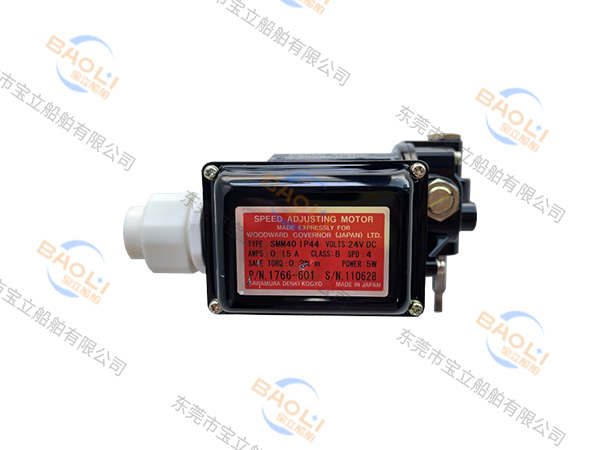motor speed regulator is a key technology widely used in industry and family equipment.
By adjusting the speed of the motor, the motor speed regulator can achieve control of the equipment, improve work efficiency, and also save energy resources and reduce environmental pollution.
This article will introduce the principles and functions of the motor tuning, and its application cases in various fields.
1. Principles of motor tuning switch
The motor speed regulator is a device that can change the motor speed.
It is mainly composed of two parts: electric motor and speed regulator.
The motor is responsible for providing motivation, and the speed regulator adjusts the speed of the motor by changing the input current, voltage or frequency of the motor.
Motor turtlers usually use technologies such as frequency conversion, reducer, sensor and other technologies to achieve speed adjustment.
The inverter adjusts the speed by changing the input voltage and frequency of the motor, and the reducer achieves speed regulation by reducing the output speed of the motor.
The sensor can monitor the operating status of the equipment in real time, thereby adjusting the speed of motor.
2. The role of the motor -tunter
1. Improve work efficiency: The motor speed regulator can adjust the speed of motor according to actual needs.
For example, on some production lines, different processes have different requirements for speed.
Through the speed regulator, you can flexibly adjust the speed according to the needs of the process to improve the work efficiency of the production line.
2. Save energy resources: The energy consumption of the motor is directly proportional to its speed.
By adjusting the speed of the motor, the energy consumption of the motor can be reduced, thereby achieving the energy saving effect.
Especially in some continuously running equipment, such as water supply equipment, ventilation equipment, etc., through the application of speed regulators, energy consumption can be greatly reduced, saving energy resources while reducing operating costs.
3. Reduce noise and vibration: The motor will produce noise and vibration when running at high speed.
Through the application of the speed regulator, the speed of the motor can be reduced, the generation of noise and vibration can be reduced, and the use of the equipment is improved.
4. Extend the life of the equipment: The motor is prone to overheating when running continuously at high speed, which affects the life of the equipment.
Through the application of the speed regulator, the speed of the motor can be reduced, the occurrence of overheating, and the service life of the equipment can be extended.
Three, the application of the motor tuning thrush
1. Industrial production field: In industrial production, motor speedrs are widely used in various production equipment, such as machine tools, conveyor belts, pumping stations, etc.
The control of the speed regulator can improve production efficiency and reduce the probability of machine failure.
2. Home appliances: In the field of home appliances, motor speeders are applied to household appliances such as washing machines, air conditioners, and fans.
Through the use of the speed regulator, it can improve the performance of the product, reduce noise, and improve the comfort.

Dongguan Baoli Shipping Co., Ltd. © Copyright 2023
【Backstage】